- Established 1982 -HOME: www.hiltonpond.org
THIS WEEK at HILTON POND Subscribe for free to our award-winning nature newsletter (Back to Preceding Week; on to Next Week) |
INSTALLMENT #800 OF TWAHP: The Web site for Hilton Pond Center for Piedmont Natural History went live on Groundhog Day (2 February) in 2000, when we also announced the inaugural installment of "This Week at Hilton Pond" (TWAHP). Little did we think more than two decades ago that in 2023 we would be still be posting these periodic photo essays, our current issue being #800.
All text, maps, charts & photos © Hilton Pond Center In 23 years since, we have photographed and written about all manner of nature happenings, from phenological events like drought and mid-winter snowstorms to the importance of native insect pollinators to the precipitous drop in numbers of several bird species on our 11-acre property in the Carolina Piedmont. These easily accessible photo essays always include latest results of our long-term year-round bird banding research--especially Ruby-throated Hummingbirds spring through fall--and serve as a scientific record for all our other natural history investigations.
All text, maps, charts & photos © Hilton Pond Center We work hard to put together each installment--a labor of love stemming from our life-long interrelated work in environmental education, conservation, and nature study. In 2000, TWAHP was one of the first nature "blogs" on the Web. Back then it was not uncommon for a couple of thousand folks to view each photo essay. Alas, with Facebook, Twitter, SnapChat, TikTok (gasp!), and other on-line distractions, our readership has declined; as noted by the hit counter at the top of each page, installments these days only garner several hundred readers. (Last week's account of a Black Vulture nest and eggs--above--at Hilton Pond was a welcome exception that attracted a lot of attention and went over the 1,000 mark.) Yes, there are lots of choices out there, but why couldn't fact- and photo-filled "This Week" be one of your regular diversions?
All text, maps, charts & photos © Hilton Pond Center We'd love to expand our audience again and share images like the one above of Eastern Redbud flowering this week, so we're hopeful long-time followers will pass the word about TWAHP to others interested in the world of nature. (As always, an on-line subscription is FREE and non-fattening.) Meanwhile, we have more stories to share and photos to take, so we're not about to give up letting folks know what's happening "This Week at Hilton Pond." See you again NEXT week! All text, maps, charts & photos © Hilton Pond Center UPDATE ON BLACK VULTURE NEST Speaking of those Black Vultures now nesting in an old chicken coop at Hilton Pond Center, All text, maps, charts & photos © Hilton Pond Center YET ANOTHER MID-WINTER ACCIPITER This winter Hilton Pond Center been blessed/cursed with several accipiter hawks hanging out at our feeding station, each of which undoubtedly has snacked more than once on passerine fare. At least one somewhat larger Cooper's Hawk came and went, while a couple of smaller Sharp-shinned Hawks stayed a while.
All text, maps, charts & photos © Hilton Pond Center On several days the most recent sharpie was up at dawn, sitting in a nearby tree (above) or even on one of our ground traps as it waited for smaller songbirds to come in for a hearty breakfast of sunflower seeds. This particular sharp-shinned finally disappeared--perhaps because we caught him in a mist net and banded him on 22 February--in time to be featured in this 800th installment of "This Week at Hilton Pond."
All text, maps, charts & photos © Hilton Pond Center Although non-birding folks sometimes conclude all raptors are as big as eagles, Sharp-shinned Hawks are quite small. Male sharpies--roughly two-thirds the size of conspecific females--are only about as big as Blue Jays (see comparative hand-held photos above and below).
All text, maps, charts & photos © Hilton Pond Center Interestingly, Blue Jays (and Mourning Doves) appear to be a favored food of Cooper's Hawks but are seldom taken by sharpies that pick mostly on birds smaller than themselves. Indeed, a heavy-billed and aggressive jay would be a quite a talon-full for a same-sized sharpie--despite the latter's formidable claws and hooked upper mandible.
All text, maps, charts & photos © Hilton Pond Center In both Cooper's (COHA) and Sharp-shinned Hawks (SSHA), immatures have vertical brown breast streaking that gives rise to horizontal rusty bars (as shown on our current photos). Very recent fledglings have grayish-yellow eyes that soon turn lemon yellow. By Year Two the eyes take on a pale orange hue that continues to darken to a deep orange by Year Three. Especially in males the eyes eventually can become deep red. Based on iris color and plumage, we aged our latest sharpie (see eye above) as being in its third year. Note also the "tomial tooth," a bump on the cutting edge of the upper mandible. This structure reportedly is used to slice through a prey bird's neck vertebrae for instant killing.
All text, maps, charts & photos © Hilton Pond Center Observers often have difficulty differentiating SSHA from COHA. One useful character is the overall shape of the longish tail, usually rounded in coops and in sharpies squared off (above) or even slightly notched. Note also the white terminal band of Sharp-shinned Hawks is typically much narrower than in Cooper's Hawks, as shown.
All text, maps, charts & photos © Hilton Pond Center Some birders use head shape to differentiate accipiters--a rounded crown in SSHA (above) and flattened head in COHA. Cooper's Hawks also tend to have a dark feathered cap with a paler area behind the eye, while the cap and post-ocular region are more uniformly colored in Sharp-shinned Hawks, as above. Note the bony projection above the hawk's eye: The supraorbital ridge. Found in many raptors, the ridge acts as a shield against physical damage from branches and other obstacles during flight. This is especially important in short-winged accipiters known to crash into thickets helter-skelter in pursuit of prey. The ridge may also improve vision by reducing glare and blocking excess light.
All text, maps, charts & photos © Hilton Pond Center Another tidbit about the sharp-shinned wing structure. The photo above reveals that four of the primary flight feathers of our recently captured Sharp-shinned Hawk are strongly tapered, with the lead portion reduced in those four vanes. It is suggested this allows for faster directional changes in a raptor that specializes in chasing hyperactive smaller birds. (Other explanations are welcome.)
All text, maps, charts & photos © Hilton Pond Center In case you're wondering about the origin of the name "sharp-shin" for Accipiter striatus, just take a look at the exposed area of the bird's tibiotarsus (above). The leg is indeed skinny, so much so that males usually take a Size 2 band--same as for American Robins. (Personally, we would have named this species the "Thin-shinned Hawk.") Toes and leg are noticeably thicker in Cooper's Hawk, but not nearly as heavy as in buteos such as Red-shouldered Hawks with which SSHA and COHA are sometimes confused.
All text, maps, charts & photos © Hilton Pond Center Although Cooper's Hawks are year-round breeding residents in the Carolina Piedmont, the vast majority of Sharp-shinned Hawks are here only in winter. (There are scattered breeding records for SSHA in South Carolina.) Of 43 sharpies banded at Hilton Pond Center since 1982, all have been captured during cold-weather months. Two have been encountered outside York County SC (see map above): A female banded as second-year in January 1992 was recaptured and released as third-year in April 1993 by a bander in Port Huron MI, while a young male banded here in October 1994 was found dead in Bridgeport WV in September 1999 as a well-aged sixth-year bird. A third hatch-year male banded in October 1993 was found dead the following February less than five miles from the Center. We're glad this third-year male Sharp-shinned Hawk we caught on 22 February was on hand to help us celebrate the 800th installment of "This Week at Hilton Pond." Who knows what will show up or happen at the Center for #801. Again, stay tuned! All text, maps, charts & photos © Hilton Pond Center NO MORE AMAZON SMILE. Giant retailer Amazon recently announced it will no longer support non-profits like Hilton Pond Center and Operation RubyThroat via Amazon Smile. Through this now-defunct program Amazon customers directed a small percentage of on-line purchases to a non-profit of their choice. Participants designated the Center as recipient, bringing us several hundred dollars each year. With this fundraising opportunity now canceled there's still a way you can help Hilton Pond when you shop on-line: Become a member of iGive. Please enroll by going to the iGive Web site. It's a painless, important way for YOU to support our on-going work in conservation, environmental education, and research. Register Operation RubyThroat: The Hummingbird Project as your preferred charity to make it even easier to help Hilton Pond Center when you buy on-line. There's also an iGive app for phones and tablets, so Happy Shopping--and thanks! All text, maps, charts & photos © Hilton Pond Center HILTON POND SUNSETS (AND MOONRISES) "Never trust a person too lazy to get up for sunrise
Sunset over Hilton Pond, 22 February 2023 The February night sky has been amazing--so many planets! Just an hour after sunset on the 22nd the Moon partnered closely with Jupiter as Venus waited below. All are reflected in waters of the pond. (The Moon was actually crescent with horns upward, but our hand-held iPhone time exposure made it look full. The reflections were a bit distorted because frogs were croaking and jumping All text, maps, charts & photos © Hilton Pond Center Don't forget to scroll down for lists of Hilton Pond supporters and of all birds banded and recaptured during the period. Photoshop image post-processing for this page employs |
|---|
|
"This Week at Hilton Pond" is written and photographed by Dr. Bill Hilton Jr., executive director of Hilton Pond Center for Piedmont Natural History
|
|
|
Please refer "This Week at Hilton Pond" to others by clicking on this button: |
|


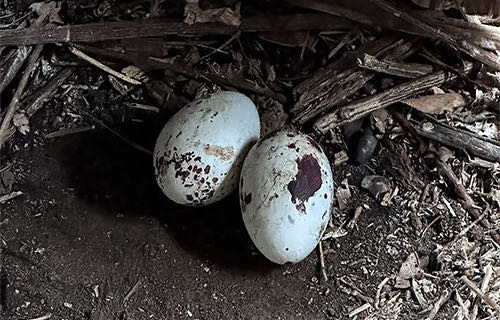
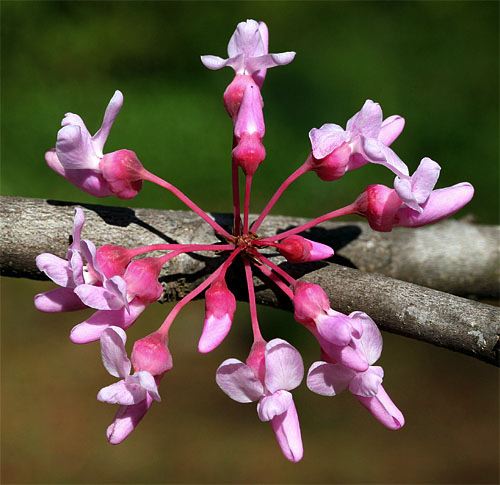
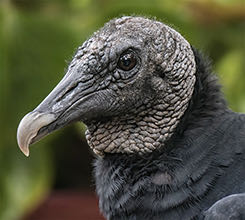 we're happy to report the adults were not spooked away by our initial discovery of two eggs on the coop's hard concrete floor. From afar we have witnessed both parent vultures entering and departing the shed and sometimes perching in nearby trees, so we're confident they are indeed incubating. We have ordered and taken delivery of a surveillance camera, Ethernet cables, and peripheral equipment and hope to have the system up and running in a few days. Stay tuned for more about this unusual opportunity to watch nesting Black Vultures in action at
we're happy to report the adults were not spooked away by our initial discovery of two eggs on the coop's hard concrete floor. From afar we have witnessed both parent vultures entering and departing the shed and sometimes perching in nearby trees, so we're confident they are indeed incubating. We have ordered and taken delivery of a surveillance camera, Ethernet cables, and peripheral equipment and hope to have the system up and running in a few days. Stay tuned for more about this unusual opportunity to watch nesting Black Vultures in action at 

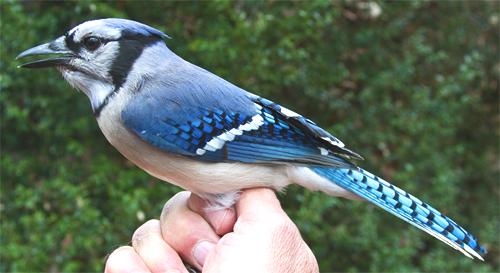
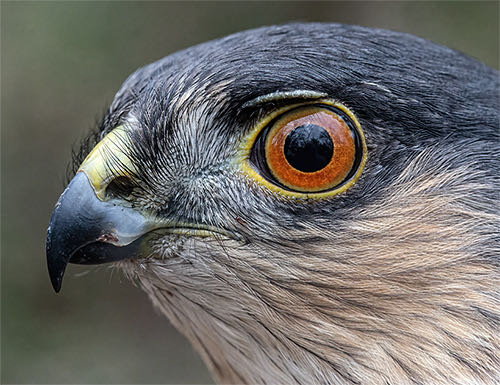
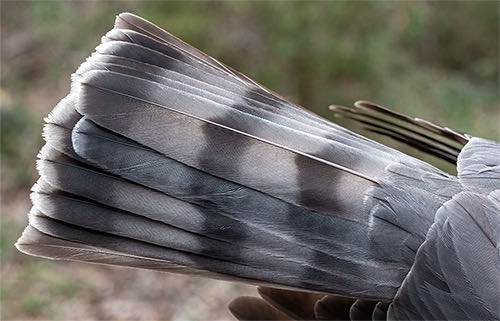
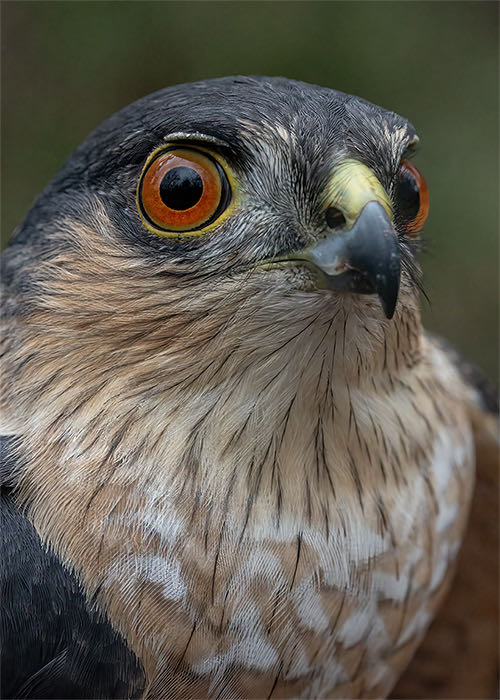


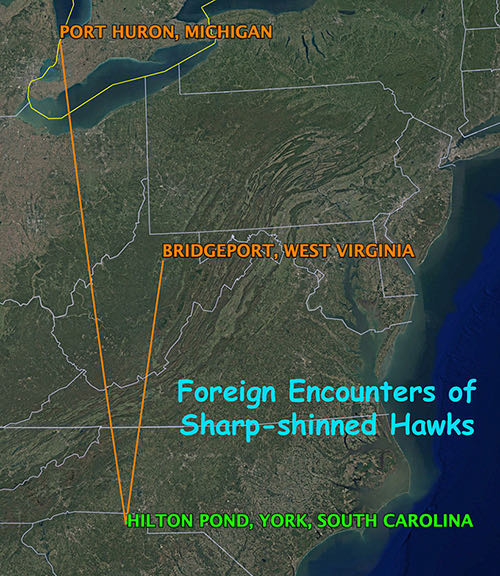

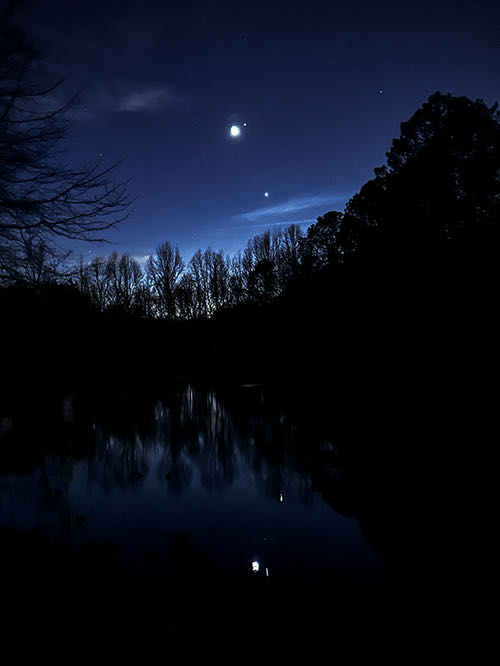








 Oct 15 to Mar 15:
Oct 15 to Mar 15: